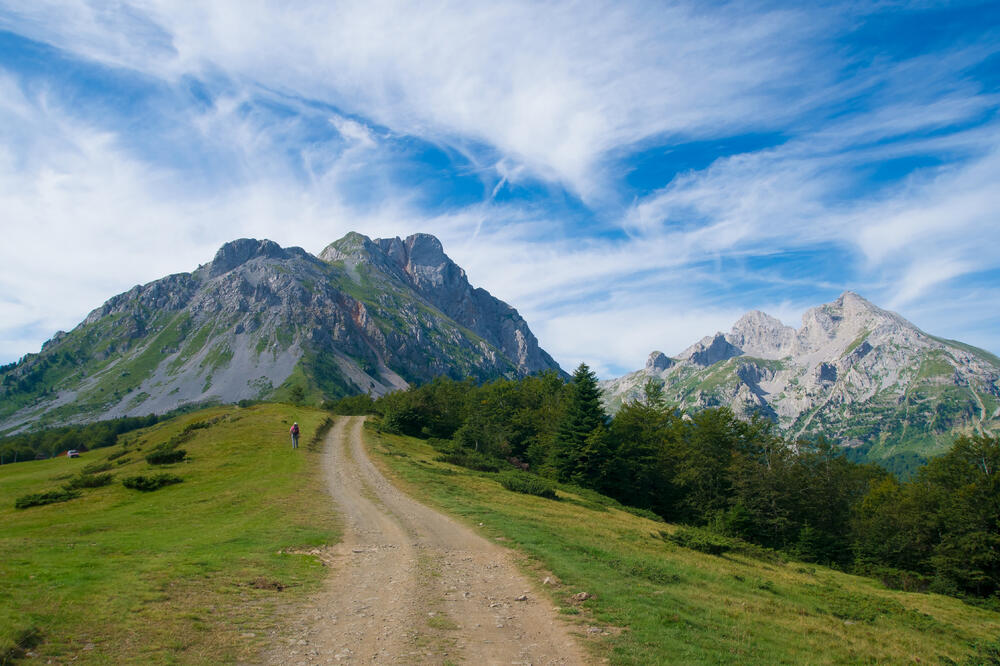Exploring the Natural Wonders of Croatia
One of Croatia's crown jewels is undoubtedly the Plitvice Lakes National Park. This UNESCO World Heritage Site is a kaleidoscope of colors, with crystal clear turquoise lakes cascading into each other through a series of mesmerizing waterfalls. Exploring the park's network of wooden walkways and hiking trails allows visitors to immerse themselves in the park's tranquil beauty.
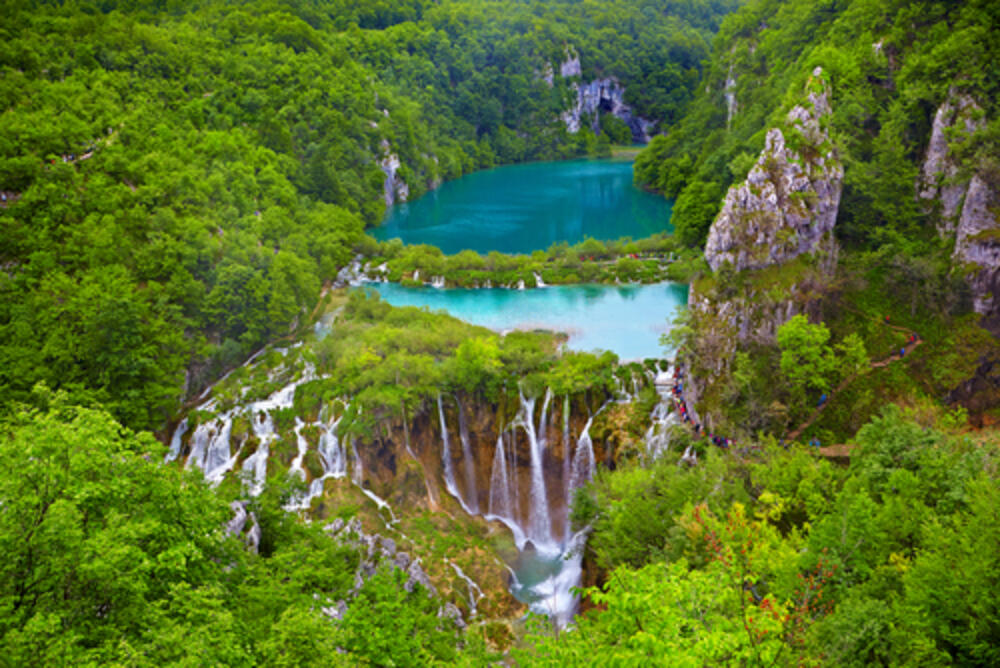
For those seeking a more adventurous experience, the majestic mountains of Paklenica National Park beckon. The park is a playground for hikers and climbers, boasting rugged peaks, deep canyons, and pristine forests. Ascending the park's peaks rewards adventurers with panoramic views that will leave them in awe of nature's grandeur.
An oasis of tranquility awaits on Mljet Island, Croatia's hidden paradise. Covered in lush forests and dotted with saltwater lakes, this untouched gem provides a peaceful retreat for nature lovers. Visitors can explore Mljet's abundant flora and fauna on hiking or cycling trails, or simply relax on the island's picture-perfect beaches.
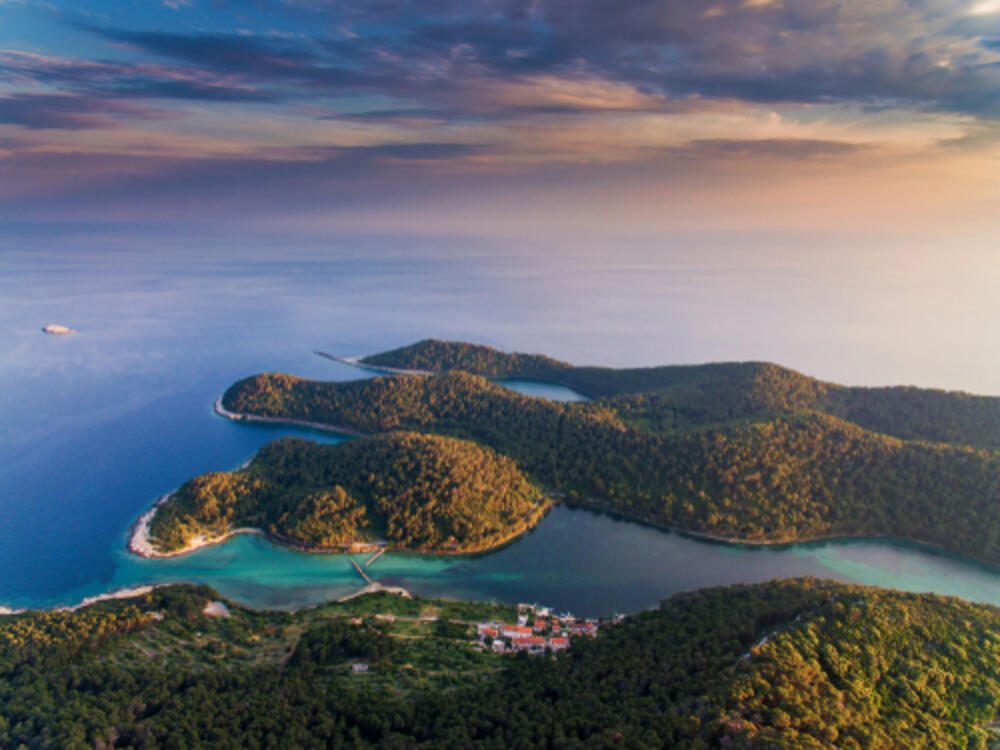
Heading further south along the Dalmatian Coast, the enchanting city of Dubrovnik awaits. Known as the "Pearl of the Adriatic," Dubrovnik is a living museum of stunning architecture, steeped in history and culture. Walk along the ancient city walls that once protected Dubrovnik from invaders, and marvel at the breathtaking views of the shimmering Adriatic Sea.
Just a short boat ride from Dubrovnik lies the Elaphiti Islands, a hidden paradise of lush greenery and pristine beaches. Explore the charming villages on the islands, where time seems to stand still, and savor fresh seafood at local tavernas. The crystal-clear waters surrounding the Elaphiti Islands are perfect for snorkeling and diving, revealing a vibrant underwater world teeming with marine life.
Montenegro's Untouched Landscapes
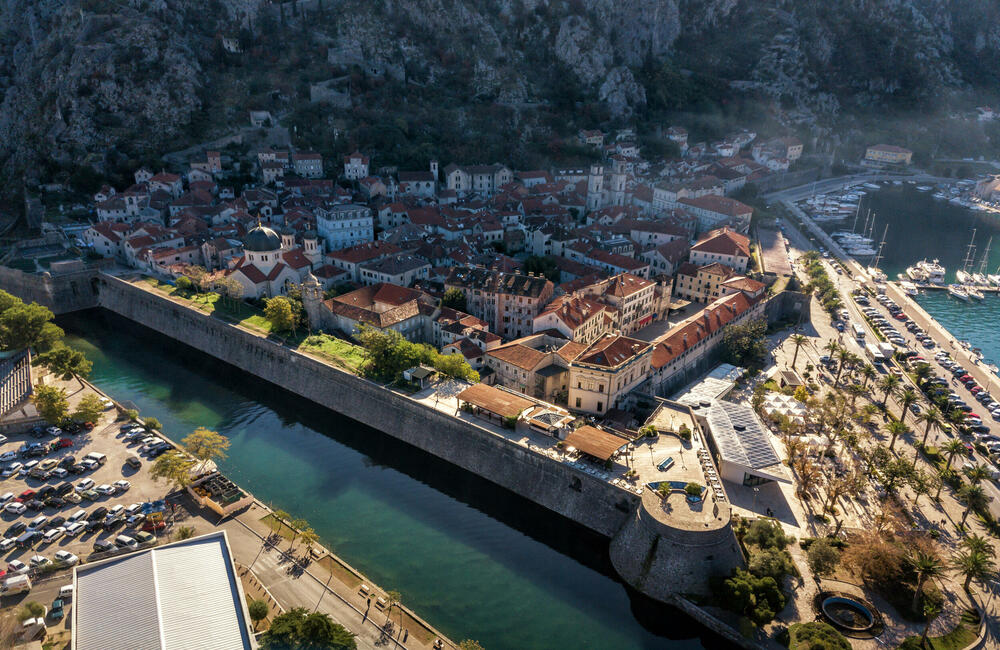
Montenegro enchants visitors with its untouched landscapes, and the enchanting Bay of Kotor is no exception. Nestled between towering mountains, this fjord-like bay is a haven for boating enthusiasts. Sail along its tranquil waters, passing by charming villages and medieval fortresses, and you will understand why the bay is often referred to as the "Mediterranean's southernmost fjord."
For those seeking a more rugged experience, Durmitor National Park is a must-visit destination. Its wild beauty encompasses towering peaks, deep canyons, and glacial lakes, offering endless opportunities for hiking and adventure. The park is home to diverse wildlife, including bears, wolves, and chamois, making it a nature lover's paradise.
Serenity awaits in Lake Skadar, the largest lake in the Balkans. This idyllic lake straddles the border between Montenegro and Albania, providing a haven for birdwatchers and nature enthusiasts. Explore its shores by boat, marveling at the lush wetlands, abundant bird species, and charming fishing villages that dot the landscape.
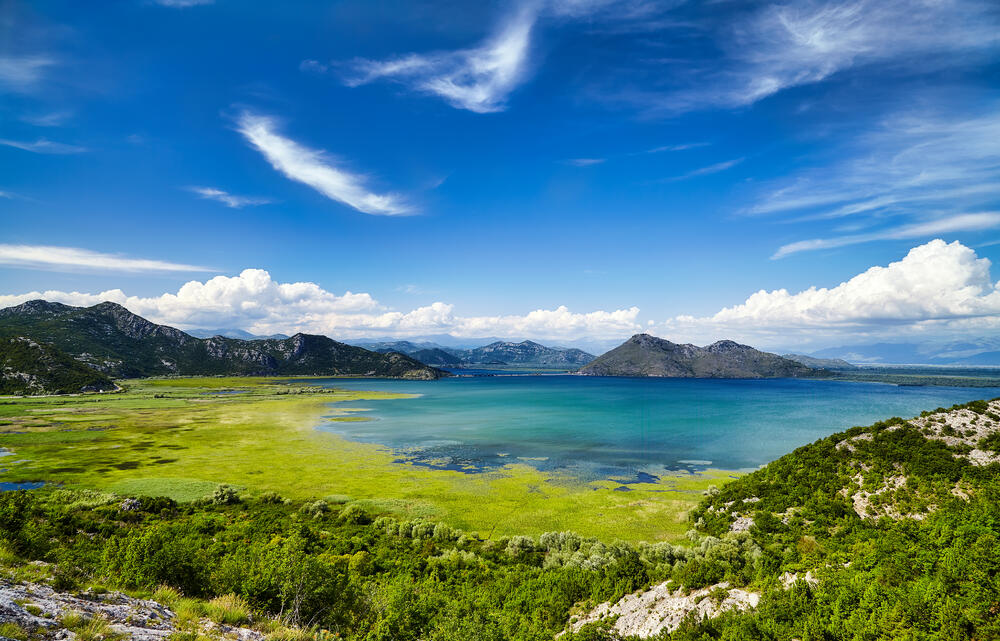
Montenegro's natural beauty extends beyond its famous landscapes. The country is also home to a rich cultural heritage, with influences from its diverse history evident in its architecture, cuisine, and traditions. Visitors can explore ancient towns like Kotor, with its well-preserved medieval old town and impressive city walls. Wander through the narrow cobblestone streets, lined with centuries-old buildings and hidden squares, and soak in the atmosphere of a bygone era.
Delve into Montenegro's culinary scene and savor traditional dishes that reflect the country's mix of Mediterranean and Eastern European flavors. From hearty stews and grilled meats to fresh seafood and local cheeses, the cuisine is a true reflection of Montenegrin hospitality and warmth. Don't miss the opportunity to sample local wines and rakija, a popular fruit brandy that is deeply ingrained in Montenegrin culture.
The Intersection of Culture and Nature
No journey to Croatia would be complete without a visit to the historic city of Dubrovnik. Known as the "Pearl of the Adriatic," this UNESCO World Heritage Site seamlessly blends culture and nature. Explore the city's ancient walls, gaze at the red-tiled rooftops, and soak in the breathtaking views of the Adriatic Sea.
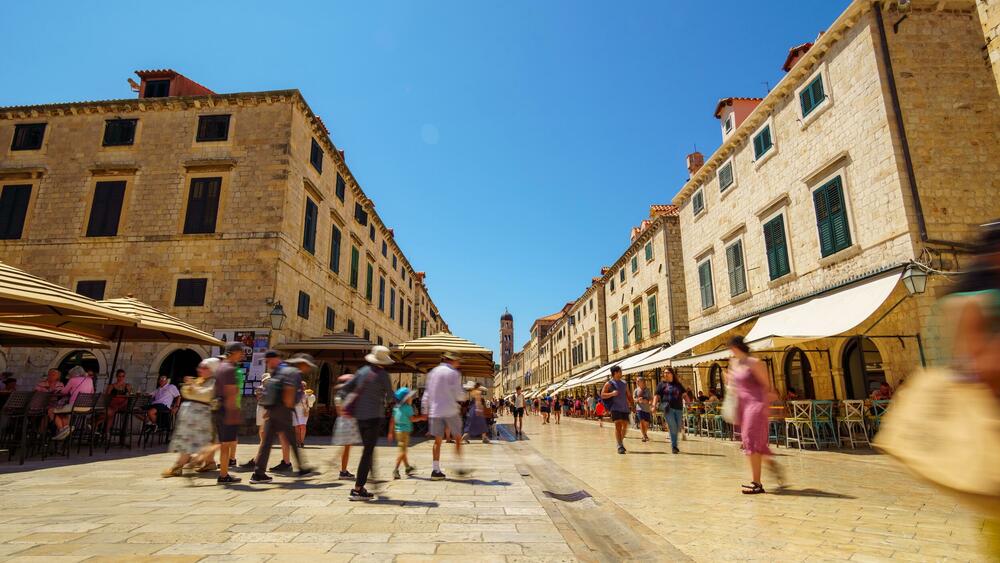
In neighboring Montenegro, the coastal town of Budva offers a unique blend of history and natural beauty. Stroll along the town's charming streets, lined with medieval stone buildings, and relax on its sandy beaches. The juxtaposition of ancient history and picturesque surroundings creates an enchanting atmosphere that is sure to captivate visitors.
As you wander through the streets of Dubrovnik, you'll find yourself immersed in a rich tapestry of culture and history.
Meanwhile, in Budva, nature takes center stage with its stunning coastal views and crystal-clear waters. The town's beaches offer a tranquil escape, perfect for sunbathing or taking a refreshing dip in the Adriatic Sea. If you're feeling adventurous, you can explore the nearby islands and hidden coves, where you'll discover a world of natural wonders waiting to be explored.
The Flora and Fauna of Croatia and Montenegro
Croatia's national parks are not only home to stunning landscapes but also unique plant species. From the endemic species found in Mljet Island's forests to the diverse flora of Plitvice Lakes National Park, botany enthusiasts will be awe-inspired by Croatia's natural biodiversity.
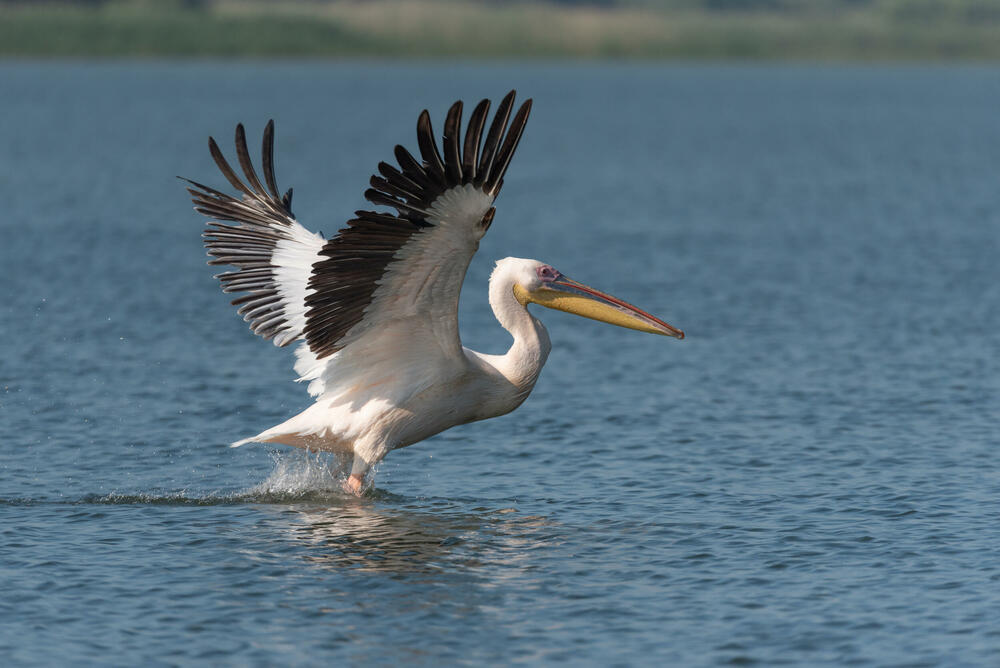
Montenegro's natural reserves provide a haven for wildlife, with bears, foxes and eagles calling these protected areas home. Wildlife enthusiasts will have the opportunity to observe these fascinating creatures in their natural habitats, gaining a deeper appreciation for the importance of preserving Montenegro's natural heritage.
Exploring Croatia's national parks reveals a treasure trove of botanical wonders. In Krka National Park, visitors can marvel at the vibrant colors of over 860 species of plants, including rare orchids and water lilies. The park's cascading waterfalls provide the perfect backdrop for these botanical beauties, creating a picturesque scene straight out of a fairy tale.
Meanwhile, Montenegro's Durmitor National Park is a sanctuary for a variety of bird species, making it a paradise for birdwatchers. The melodious songs of warblers and the majestic sight of golden eagles soaring overhead add to the park's allure. As visitors hike through the rugged terrain, they may also encounter elusive wild goats known as ibexes, adding an element of thrill to the wildlife-watching experience.
Sustainable Tourism in Croatia and Montenegro
Preserving the natural beauty of Croatia and Montenegro is not just a goal but a way of life for these countries. Both nations have made significant strides in promoting sustainable tourism practices, recognizing the importance of safeguarding their breathtaking landscapes for generations to come. By implementing strict regulations on waste management, promoting eco-friendly accommodation options, and spearheading environmental education initiatives, Croatia and Montenegro are leading the way in sustainable tourism efforts.
Moreover, these countries are not just focusing on preserving their natural beauty but also on enhancing it. Croatia's coastline is dotted with picturesque islands and crystal-clear waters, while Montenegro boasts rugged mountains and pristine beaches. Both destinations offer a harmonious blend of nature and culture, inviting travelers to immerse themselves in the unique charm of the Adriatic region.
Visitors can actively contribute to the conservation efforts by adopting eco-conscious travel habits during their stay. By reducing plastic usage, supporting local artisans and businesses, and showing respect for wildlife and natural habitats, tourists can play a vital role in protecting the delicate ecosystems of Croatia and Montenegro.
When exploring Croatia, travelers can marvel at the cascading waterfalls of Plitvice Lakes National Park, hike through the dramatic gorges of Paklenica National Park, or wander the ancient streets of Dubrovnik. In Montenegro, they can discover the untouched beauty of Durmitor National Park, cruise along the tranquil waters of Lake Skadar, or soak up the sun on the beaches of Budva. Each experience offers a glimpse into the rich tapestry of nature and culture that defines these countries.
As Croatia and Montenegro continue to embrace sustainable tourism practices, visitors have the opportunity to not only witness but also actively participate in the preservation of their natural wonders. By treading lightly on the land and embracing the ethos of responsible travel, tourists can ensure that the beauty of Croatia and Montenegro remains unspoiled for future generations to enjoy.
Bonus video:



